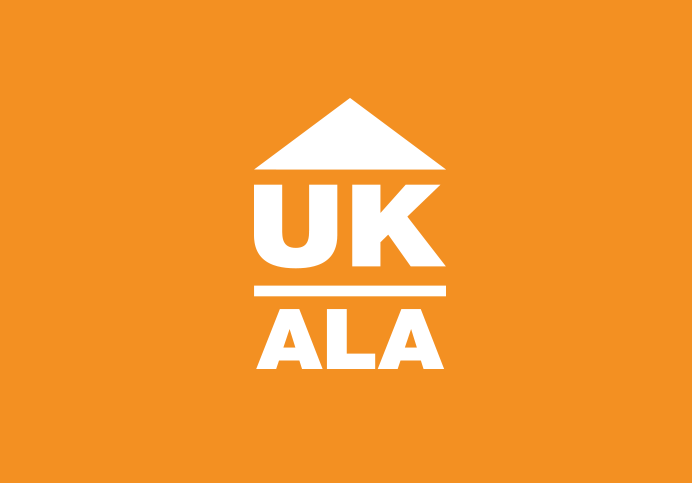
Criterion iv – it provides a reasonable degree of thermal comfort
To be considered as providing a reasonable degree of thermal comfort, a property must have both efficient heating and effective insulation.
Efficient heating is defined as
- any gas or oil programmable central heating; or
- electric storage heaters; or
- warm air systems; or
- underfloor systems; or
- programmable LPG/solid fuel central heating; or
- similarly efficient heating systems which are developed in the future.
The primary heating system must have a distribution system sufficient to provide heat to two or more rooms of the home. There may be storage heaters in two or more rooms, or other heaters that use the same fuel in two or more rooms. Even if the central heating system covers most of the house making a dwelling decent, under the HHSRS a landlord must be sure that the home is warm enough for the occupant.
Heating sources which provide less energy efficient options fail the Decent Homes standard.
Programmable heating is where the timing and the temperature of the heating can be controlled by the occupants. However this is not a requirement in supported housing or housing for older persons where it is necessary for health and safety reasons for landlords to ensure adequate levels of heating are maintained.
Because of the differences in efficiency between gas/oil heating systems and the other heating systems listed, the level of insulation that is appropriate also differs:
- For dwellings with gas/oil programmable heating, cavity wall insulation (if there are cavity walls that can be insulated effectively) or at least 50mm loft insulation (if there is loft space) is an effective package of insulation; and
- For dwellings heated by electric storage heaters/LPG/programmable solid fuel central heating a higher specification of insulation is required: at least 200mm of loft insulation (if there is a loft) and cavity wall insulation (if there are cavity walls that can be insulated effectively).
Loft insulation thickness of 50mm is a minimum designed to trigger action on the worst housing. Where insulation is being fitted, landlords should take the opportunity to improve the energy efficiency and install insulation to a much greater depth.
Where new heating systems are being installed or existing system replaced, landlords should take the opportunity to increase the energy efficiency of the dwelling if possible. This would be achieved through installing energy efficient boilers where possible. Where this is not possible, cavity walls should be insulated where feasible.
If new heating or insulation is being installed, it is important that steps are taken to ensure the dwelling is adequately ventilated.
Energy efficient boilers are generally accepted as those with a SEDBUK rating of A – C. SEDBUK is an acronym for ‘Seasonal Efficiency of a Domestic Boiler in the UK’. The system was developed under the UK Government’s energy efficiency best practice programme with the co-operation of boiler manufacturers and provides a basis for fair comparison of different models of boilers. After the series of tests, the boiler’s performance is then scored which enables the boiler to be placed in a banding system using a scale from A to G with A banded boilers being the most efficient.
The construction of some properties may preclude the installation of traditional cost effective insulation measures and be what is deemed ‘Hard to Treat’. The Government is considering the most cost effective means of improving energy efficiency to these homes in the wider context of progress against the UK Fuel Poverty Strategy. More information can be found on the Energy Savings Trust website, see Additional Resources.
The energy cost rating of a property is determined by the Government’s Standard Assessment Procedure (SAP). This is used to monitor the energy efficiency of homes. It is an index based on calculated annual space and water heating costs for a standard heating regime and is expressed on a scale of 1 (highly inefficient) to 100 (highly efficient with 100 representing zero energy cost).
A SAP rating of less than 35 (using the 2001 SAP methodology) has been established as a proxy for the likely presence of a category 1 hazard from excess cold. From April 2007, the new SAP methodology has been used. Details of this can be found on the Buildings Research Website, see Additional Resources.